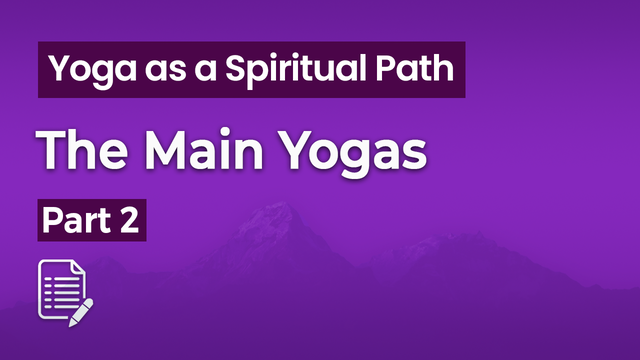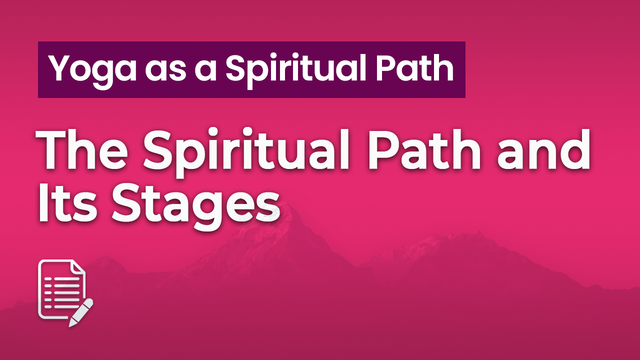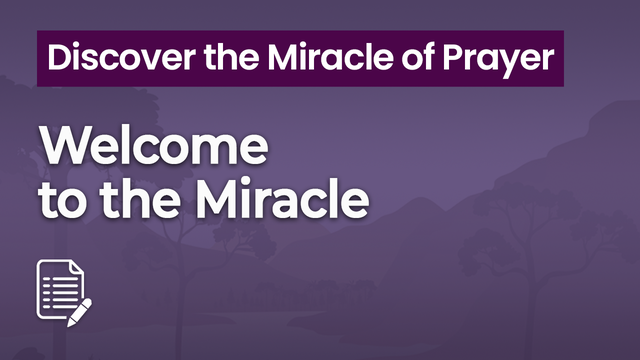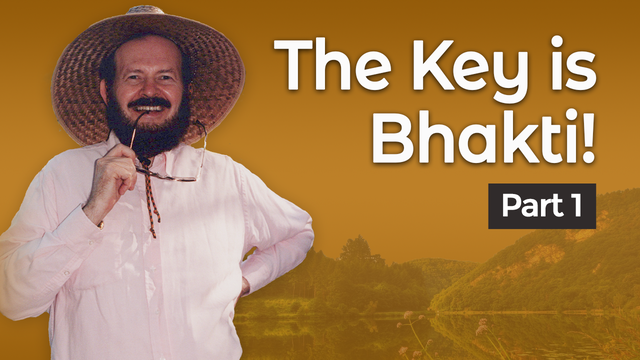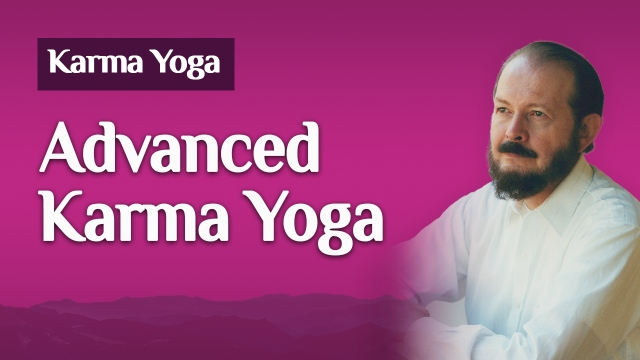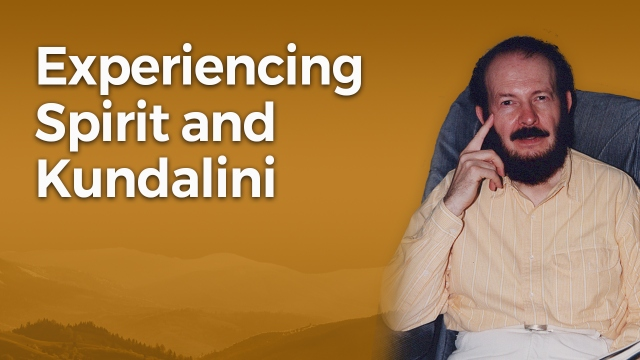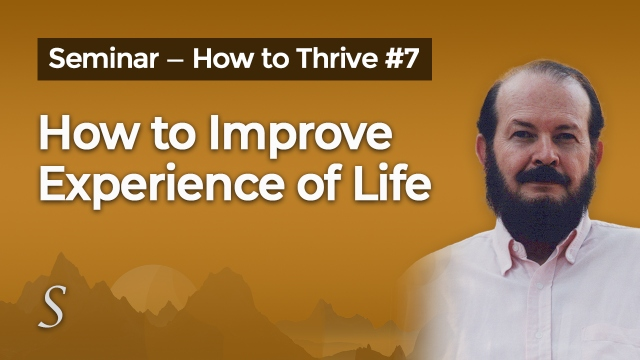
Ramakrishna Ananda
The Main Yogas — Part 1
Find the kind of yoga that suits you best
Yoga is designed to enable people to begin from their immediate, present state of consciousness and move forward, day by day, into a state of wholeness, well being, and enlightenment. Even the beginning student is able to shed much physical tension, mental/ emotional turbulence, and prepare the way for a life of higher consciousness.
As you ponder the possibilities and methods of the eight types of yoga, bear your own nature in mind. Consider which form most appeals to you. In this way you may find some suggestions which will richly benefit you right now.
Bear in mind also that these brief comments on each of the main yoga paths are meant to give you insights into yoga and yourself. These short discussions are not thorough courses on any of the yogas. They are written for introductory or rudimentary understanding of your magnificent possibilities.
Bhakti Yoga
Bhakti yoga, or devotional yoga, is the most natural path for those who are dominantly seeking emotional fulfillment and well being. The “bhakta” usually practices meditation by visualizing, thinking and feeling that the Lord is sitting or standing before him. The bhakta pours out his heart’s love, adoration, and shares his deepest thoughts and concerns with the Lord until a continual flow of awareness moves between devotee and his or her beloved Lord. This continuous flow of love and life force brings about a superconscious state of awareness which is generally called a mood, or bhava. The moods are discussed in detail in Relating with Spirit.
Generally, in this form of meditation — bhakti meditation — there is awareness of relationship, or twoness. The devotee is aware of the Lord and of his own being, and of the relationship between the Lord and the devotee. Sometimes, however, the devotee loses self-consciousness and is aware only of the Lord. Also, at times the bhakta experiences that the Lord’s spirit, or consciousness, moves into the devotee, infilling and indwelling him.
Both in the mood of twoness and in the experience of oneness you are transformed: your character is improved. And, periods of higher consciousness come more frequently. With even greater development, the aspirant who does bhakti meditation lives in a sense of permanent relationship with his divine Beloved! This permanent relationship is not a static thing. It develops into one exciting dimension of love after another. These relationships are ever-new and ever-refreshing and continue to delight the bhakti yogi throughout life.
The bhakta, also, because of the ease of the mood relationship, is given special ability to experience the deep samadhis and other high states of awareness which other yogis focus upon.
Karma Yoga
Karma means to do. Karma refers to the universal principle of cause and effect. For every effect there’s a cause, and the devotee realizes that he, in his present life situation, is experiencing the effects of a number of causes which he has entertained and enacted. He recognizes that for a finer, more fulfilling life he has to change his thoughts and feelings and so express himself through his actions that new causes supplant old habits and attitudes. Through establishing new causes, he is confident of more beneficial and successful effects occurring to him and his loved ones in life.
Karma yoga meditation is:
- Consciously surrendering to the Lord the selfish motives that tend to abound within one’s psyche. One seeks to stop working, speaking, acting, or even meditating in a way that is to reward one’s personal desires. A karma yogi wishes to live for God, or for the higher self — the soul — and not for the ego anymore.
- A dedication of oneself: one’s actions, thoughts, words, and feelings are offered to God. The karma yogi has faith that God is the doer, ideally, and that the lower self — the mind, the heart, the hands — are dedicated to God for his purposes. The individual devotee wishes nothing more than to be an instrument, a servant of the Lord’s love, light, and will.
Jnana Yoga
Jnana means wisdom or discernment. Jnana yoga is the path of wisdom and jnana meditation is many-faceted. The main purpose of jnana meditation is to withdraw the mind and emotions from perceiving life and oneself in a deluded way so that one may behold and live in attunement with Reality, or Spirit.
One principal way that the “jnani,” the yogi of discernment, meditates is to patiently release or put aside all thoughts and feelings until the luminous glow of the soul dawns in the mind and heart and is allowed to do a work of transformation and enlightenment within the rapt meditator. One way this is accomplished is through the technique called neti-neti.
Neti-neti means “not this, not this.” Whenever a thought or feeling which is not the goal of the meditation — that is, which is not the soul, the inner self — occurs to the mind, the meditator simply says, “Not this, not this,” and dismisses the thought, image, concept, sound, or sense distraction. Any thought, any feeling, is discarded — patiently discarded — again and again if necessary, until the mind is clear and the soul is revealed. Remember never to meditate in a passive way. This state of consciousness is one of alertness, an amazing application of awareness.
When you get into the habit of “neti-neti,” you can also discard worry, doubt, or fear, and become established in the light of your inner self. You can then look back at worries and fears with deep insight and handle them well.
Raja Yoga
Raja means royal or kingly. Raja yoga meditation is generally based on directing one’s life force to bring the mind and emotions so into balance that the attention may be easily focused on the object of meditation, or the Lord directly.
Generally, life force is directed to move up and down the spine until it is balanced and the mind and emotions are serenely content. Then awareness is generally directed to move forward into a point in the center of the lower forehead. This meditation point, which is about half an inch above where the eyebrows meet, is called ajna, or the third eye.
When the energy is balanced throughout the brain and body and easily moving forward in the area of the third eye, your mind becomes very calm. While your mind is not passive, it is free of meaningless thoughts, worries, and the bric-a-brac of the subconscious mind. This state usually gives you a very pleasant sense of well being and your mind seems filled with a velvety darkness.
As your consciousness continues to move in your third eye, pastel colors begin to appear in your forehead. Sumptuous, glorious pinks, yellows, whites, blues, indigos, greens, and purples take their turn or play in combination in your forehead. Then, you may think you are seeing fireflies, lightning, or moonlight as your life force becomes more concentrated and more actively prepares you to behold higher consciousness. This process is readying you to experience your true nature as pure consciousness, pure spirit, pure awareness. And then the light in your forehead blazes brighter than the sun! But, you find it is soothing to look into the awesome light, soothing to behold it. This is the brilliance of your inner light, your essence, revealing itself to you.
Raja yoga, particularly, requires a teacher because it is easy to strain yourself, and it’s also easy to delude yourself into high level hallucinations rather than actual experiences of your higher consciousness. However, the genuine raja yogi lives in bliss, with his, or her, will surrendered to God. A raja yogi realizes the profound truth of the Biblical passage: If therefore thine eye be single, thy whole body shall be filled with light. (Matthew 6:22 of the King James version of The Holy Bible)
